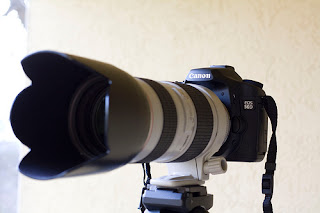 |
| Inside sony |
In lossless compression, bits are reduced by removing the redundant information carried
by an image. Various techniques can be used to extract and remove the redundant informa-
tion by exploring i) the spatial correlation among image pixels, ii) the correlation among
different color channels of the image, and iii) the statistical characteristic of selected data
entities extracted from the image. The performance of an algorithm depends on how much
redundant information can be removed effectively. A compression algorithm usually ex-
ploits more than one technique to achieve the goal. Entropy coding and predictive coding
are two commonly used techniques to encode a CFA image nowadays.
Entropy coding removes redundancy by making use of the statistical distribution of the
input data. The input data is considered as a sequence of symbols. A shorter codeword is
assigned to a symbol which is more likely to occur such that the average number of bits
required to encode a symbol can be reduced. This technique is widely applicable for various
kinds of input of any nature and hence is generally exploited in many lossless compression
algorithms as their final processing step. Entropy coding can be realized using different
schemes, such as Huffman coding and arithmetic coding. When the input data follows a
geometric distribution, a simpler scheme such as Rice coding can be used to reduce the
complexity of the codeword assignment process.
Predictive coding removes redundancy by making use of the correlation among the input
data. For each data entry, a prediction is performed to estimate its value based on the
correlation and the prediction error is encoded. The spatial correlation among pixels is
commonly used in predictive coding. Since color channels in a CFA image are interlaced,
the spatial correlation in CFA images is generally lower than in color images. Therefore,
many spatial predictive coding algorithms designed for color images cannot provide a good
compression performance when they are used to encode a CFA image directly.
However, there are solutions which preprocess the CFA image to provide an output with
improved correlation characteristics which is more suitable for predictive coding than the
original input. This can be achieved by deinterleaving the CFA image into several sep-
arate images each of which contains the pixels from the same color channel [21], [22].
This can also be achieved by converting the data from RGB space to YC C space,
r b
. Although a number of preprocessing procedures can be designed, not all of them are
reversible and only reversible ones can be used in lossless compression of CFA images.
In transform coding, the discrete cosine transform and the wavelet transform are usually
used to decorrelate the image data. Since typical images generally contain redundant edges
and details, insignificant high-frequency contents can thus be discarded to save coding bits.
When distortion is allowed, transform coding helps to achieve good rate-distortion perfor-
mance and hence it is widely used in lossy image compression.
In particular, the integer
Mallat wavelet packet transform is highly suitable to decorrelate mosaic CFA data,
. This encourages the use of transform coding in lossless compression of CFA images.
Other lossless coding techniques, such as run-length coding , Burrows-Wheeler
transform, and adaptive dictionary coding (e.g., LZW) are either designed for
a specific type of input other than CFA images (for example, run-length coding is suitable
for coding binary images) or designed for universal input. Since they do not take the prop-
erties of a CFA image into account, it is expected that the redundancy in a CFA image
cannot be effectively removed if one just treats the CFA image as a typical gray-level im-
age or even a raster-scanned sequence of symbols when using these coding techniques. A
preprocessing step would be necessary to turn a CFA image into a better form to improve
the compression performance when these techniques are exploited.
At the moment, most, if not all, lossless compression algorithms designed for coding
CFA images mainly rely on predictive, entropy, and transform coding. In the following,
two dedicated lossless compression algorithms for CFA image coding are presented. These
algorithms serve as examples of combining the three aforementioned coding techniques to
achieve remarkable compression performance.















